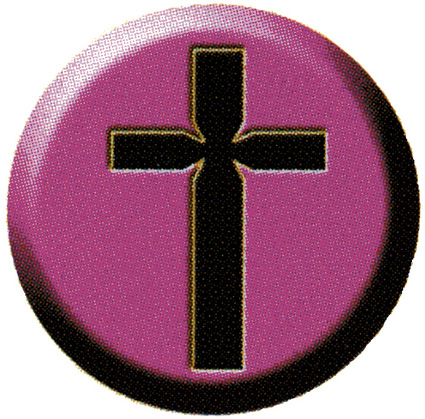 The forty days of Lent run from Ash Wednesday and end before the Mass of the Lord’s Supper on Holy Thursday. The Sundays in Lent are not included in the forty days.
The forty days of Lent run from Ash Wednesday and end before the Mass of the Lord’s Supper on Holy Thursday. The Sundays in Lent are not included in the forty days.
During Lent the whole tone of the liturgy and church life in general is very subdued. The word “Alleluia”, a Hebrew expression meaning “praise God”, is omitted from the Gospel acclamation to be replaced by “Praise to you O Christ, king of eternal glory”. It is omitted from the liturgy altogether. The Gloria is also omitted, no flowers adorn the church, and the organ is only played to help sustain the singing. Towards its end all crucifixes, statues and other images are veiled in purple to help focus our minds on Christ’s work of Redemption The cross will be unveiled during the Solemn Celebration of the Lord’s Passion on Good Friday. All other images are unveiled, without ceremony, before the Easter Vigil begins. Stations of the Cross and stained glass windows are not veiled.
Many people ‘give something up’ for Lent. However, just to give something up misses the real meaning of Lent. It is a time during which, through prayer, fasting and almsgiving (one of the two annual Family Fast Days always falls in Lent and provides an excellent opportunity) we strive to become closer to Jesus Christ by doing something that we do not normally do – going to weekday Mass, exposition of the Blessed Sacrament, or the Stations of the Cross. We are also called upon to reflect on our own lives and to take advantage of the Sacrament of Reconciliation. The name itself comes from the Middle English ‘Lenten’ meaning ‘spring’ and Lent is intended to be the spring of a new spirituality on our lives.
The origins of Lent are obscure but it seems that the early Christians in some parts of the Church kept a fast of forty days to commemorate Jesus’ forty days in the wilderness. This followed immediately on from the Feast of the Epiphany. The forty days attached to Easter began to appear in Rome shortly after the Council of Nicea in 325.
As in Advent the liturgical colour is purple although rose may be worn on the Fourth Sunday of Lent – Lætare Sunday.